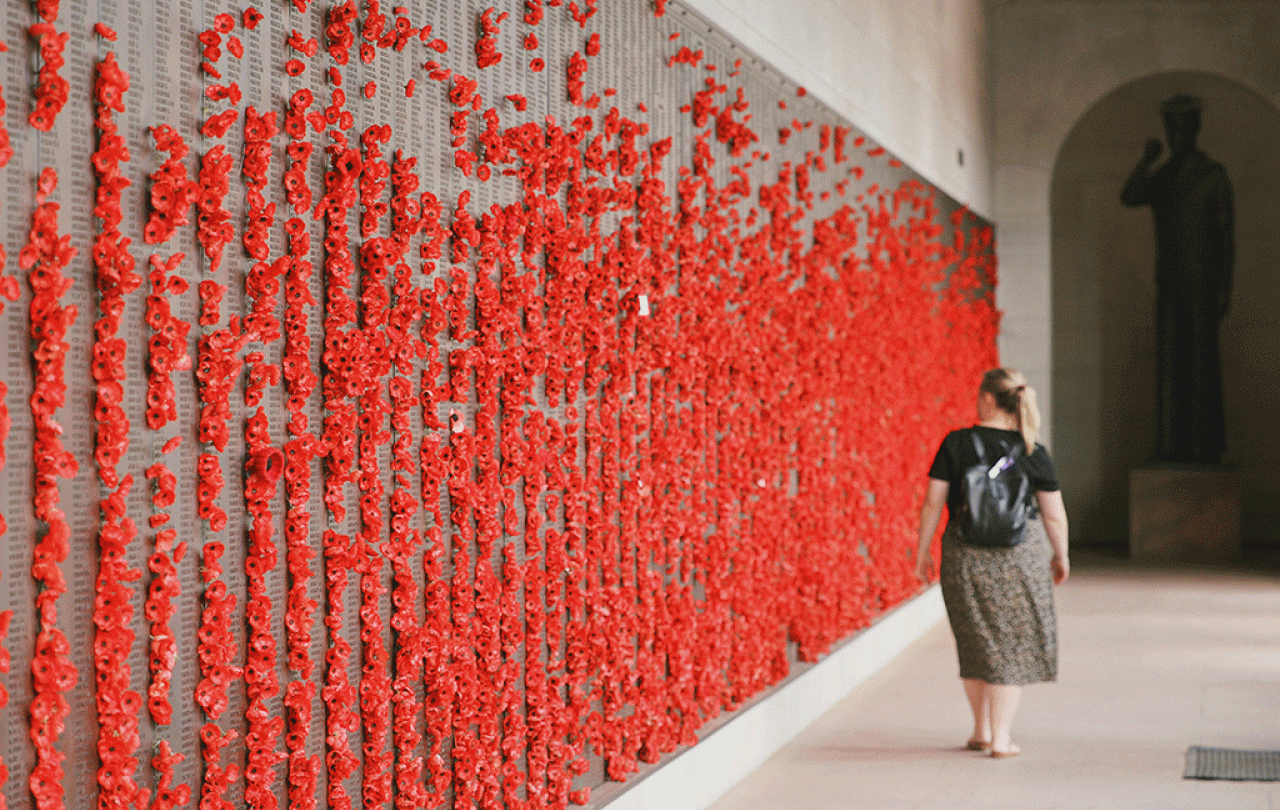I run groups for head teachers, as part of my day job. Heads answer to government, and to local authorities. Also to governors, parents, teaching staff, local press, dinner ladies, site teams… and that’s before they try to meet the individual learning needs of every child in their schools. Even people who don’t like them as a breed acknowledge that their burden is heavy. Particularly since Covid. The number of heads burning out in the face of consequent challenges is seriously worrying.
So, I do what I can to help, by getting small groups of them together to talk. Six at a time, max, everything confidential, no minutes, no agenda, no holds barred on discussion topics. All sorts of things are raised, from asbestos in school buildings to sleepless nights before Ofsted. What do you say to a child insisting she’s a cat, or to staff accusing each other of racism?
Yesterday’s meeting started with Rosemary. ‘Give us a brief summary of how you are, then just a headline on the topic you’re bringing,’ I said. Rosemary was absolutely fine thanks. Her topic this time: poo.
‘What?’, I said involuntarily. ‘Seriously?’
‘My whole month has been full of it,’ Rosemary said. ‘Sorry.’
Three separate stories, she had. Recent heavy rain made the sewers overflow right through her school hall. She and her site manager were there in their wellies at 5.30am sweeping and sluicing, to make the school usable. Then there was the child entering Year 1, in nappies. He’d been potty trained last term, but then… school holidays. Nappies again. Her Year 1 teacher threatened to resign if she had to change a five-year-old, so Rosemary was doing it. ‘You have to model it, don’t you – this job,’ she said.
And then, the day before, her cleaning team said there was something she needed to see. (Uh-oh.) The most horrendous mess, Rosemary said – in the staff bathroom.
She is a very elegant woman, Rosemary, and by the time she’d finished miming her reaction to the state of the walls, her wielding of a toilet brush, her removal of a truly terrible pair of pants from the bin etc, we were all crying with laughter.
But even as I wiped my eyes, I felt unexpectedly emotional. If anyone needs an object demo of what selfless love looks like, in action, they need to come to one of my heads’ meetings.

